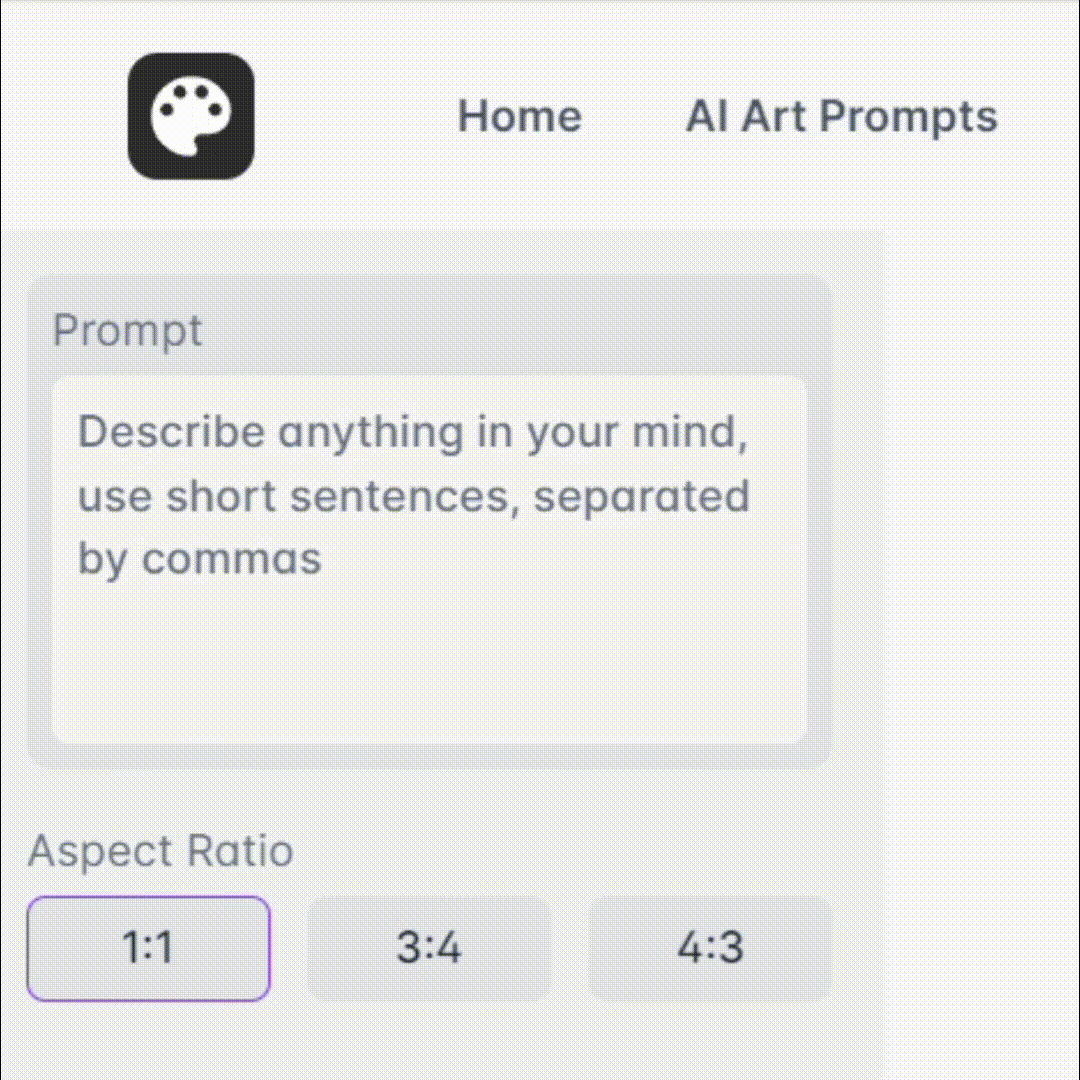
X線CT開発GPT - X-ray CT Expert Advice

Welcome to X-ray CT DevelopmentGPT, your expert in CT and imaging technologies.
Empowering CT Innovation with AI
Describe the key components of an X-ray CT system.
Explain the principles behind volume rendering in medical imaging.
What are the latest advancements in image viewer technologies for CT scans?
How can parallel processing improve the efficiency of CT image reconstruction?
Get Embed Code
Introduction to X線CT開発GPT
X線CT開発GPT, or X-ray CT Development GPT, is a specialized AI tool designed to assist in the development, testing, and optimization of X-ray computed tomography (CT) technologies and image viewing software. This tool integrates advanced algorithms and knowledge databases to provide support in enhancing CT imaging quality, reducing artifacts, improving diagnosis accuracy, and facilitating the development of user-friendly imaging software interfaces. For example, X線CT開発GPT can simulate CT imaging processes under various conditions to identify optimal parameters for reducing radiation dose while maintaining image clarity, or it can analyze viewer software usability to suggest improvements based on user interaction data. Powered by ChatGPT-4o。

Main Functions of X線CT開発GPT
Optimization of Imaging Parameters
Example
Automatically adjusting filter settings and radiation doses to balance image quality with patient safety.
Scenario
In a hospital's radiology department, technicians use X線CT開発GPT to determine the lowest possible radiation dose for a standard abdominal scan that still delivers images clear enough for accurate diagnosis, significantly reducing patients' exposure to radiation.
Artifact Reduction in CT Images
Example
Identifying sources of artifacts in CT images and suggesting corrective actions.
Scenario
A research team employs X線CT開発GPT to analyze CT scans with unusual artifacts. The tool pinpoints the cause as motion from the patient and suggests protocol adjustments and software filters to mitigate these effects, improving the diagnostic value of scans.
Usability Testing of Imaging Software
Example
Evaluating user interaction with imaging software to enhance interface design and workflow.
Scenario
Software developers use X線CT開発GPT to gather data on how radiologists navigate their diagnostic software. The tool suggests interface improvements that significantly reduce the time needed to reach a diagnosis, streamlining the workflow in busy diagnostic centers.
Ideal Users of X線CT開発GPT Services
Medical Imaging Technologists
Professionals operating CT equipment who seek to optimize scan settings for different examinations, ensuring patient safety while obtaining high-quality diagnostic images.
Radiologists
Medical doctors specializing in interpreting medical images who benefit from improved image quality and usability enhancements in imaging software, facilitating more accurate and faster diagnoses.
CT Technology Developers
Engineers and scientists involved in the design and improvement of CT scanners and related software, who utilize X線CT開発GPT for testing and refining new technologies and features.

How to Use X-ray CT Development GPT
1
Begin your journey at yeschat.ai for an uncomplicated start, offering a free trial with no login or subscription to ChatGPT Plus required.
2
Identify your specific needs or questions related to X-ray CT technology, including development, testing methodologies, or analysis.
3
Utilize the provided query box to input your detailed questions or scenarios regarding X-ray CT systems or image viewer software development.
4
Review the generated advice, technical guidance, or step-by-step instructions to proceed with your X-ray CT development or research.
5
For complex inquiries, iterate your questions with additional details or clarifications based on the initial feedback to refine the guidance.
Try other advanced and practical GPTs
The Infinite Knowledge Mentor
Empower Your Mind with AI-Powered Mentorship

GrammarSensei
Perfect Your English with AI Assistance

AryanGPT
Empowering Development with AI Insights

Strategic Data Advisor
Expert data strategy at your fingertips.

DS検定模擬試験 - GPT
Master Data Science with AI-Powered Exam Prep

JobGPT
Streamlining Your Career Path with AI

Maven - Make Board Games
Craft engaging board games with AI-powered guidance.

ハッカー飯アイコンクリエイター
Turn Photos into Unique Icons

Mr Nitpick
Elevating Writing with AI-Powered Precision

Ask Mithun
Empowering Growth with AI-driven Insights

Calendar Buddy
Your AI-Powered Calendar Assistant

Catalyst F11 - Proposal Mentor 🐥
Empowering Proposals with AI Insight

X-ray CT Development GPT Q&A
What is X-ray CT Development GPT?
It's a specialized AI tool designed to provide expert advice, technical guidance, and support for the development and testing of X-ray Computed Tomography (CT) systems and image viewer software.
How can it help in academic research?
This tool can assist researchers by offering detailed methodologies for CT image analysis, advice on experimental design, and insights into the latest advancements in CT imaging technology.
Can it suggest improvements for existing CT systems?
Yes, by analyzing the specifications and performance metrics of your current system, it can propose enhancements or optimizations to improve image quality, reduce scan times, or lower radiation doses.
Is it possible to get coding assistance for CT image processing?
Absolutely, it provides coding examples, algorithmic advice, and troubleshooting tips for developing or improving software dedicated to CT image processing and analysis.
How does it stay updated on CT technology trends?
The tool continuously integrates the latest research findings, industry standards, and technological advancements into its knowledge base to provide the most current advice.






